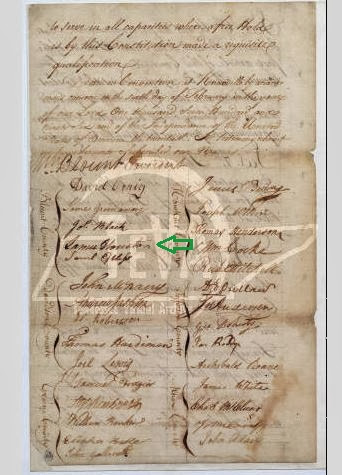| source: Museum Store Association website |
When I started writing my blog it was just a way to share my research with family and others. As I continue to write, I am thankful for the new connections this blog has enabled me to make.
I am thankful for the unexpected contacts I have made with other family members. Some contacts have been with distant cousins living miles away, those with whom I have been able to swap family stories, photographs, family trees, and other information. Sometimes the initial contact comes months after I write a post mentioning a family member. This just shows the far reaching effects of posting on the internet. Some of these contacts are just a few exchanges of e-mails, others continue, but each has provided new information about my family or my husband's.
All genealogy information isn't on the internet, and I'm thankful for that. This year I've visited several smaller research centers where I've been amazing at the quantity and the quality of the information each contains. The Bell Research Center in Cumming, GA and the T. Elmer Cox Library in Greeneville, TN were real gems. Besides the information I found in books there, each visit introduced me to an individual working there who was a fount of local history information. The internet can't quickly tell you the connection between your ancestor's property and present day roads or the backstory for a name witnessing a relative's document. There is still no substitute for sometimes interacting with a real person in your research (and that's not just because I'm a former school library media specialist).
Earlier this year I became a member of The Organized Genealogist group on Facebook. I have picked up a number of organization tips from the postings by group members. It has been interesting and helpful to see have different people have such creative ways to address a common issue or to see different ways I can tweak things to work in my situation or work space. Thanks to Susan Petersen for starting this group and for helping us as we try to maintain order in the midst of chaos.
Finally, I am so thankful that I purchased a download copy of Evidence Explained by Elizabeth Shown Mills. Previously, my source citations were minimal so I made the purchase to help me in this area. But her book isn't merely a book about how to correctly cite a fact. It really gets into the evaluation of sources so that I have a better grasp of the reliability or accuracy of the information I come across. Sure, my citations are more complete and better written, but her book has really opened my eyes to consider the source as I am researching more stories to celebrate.










